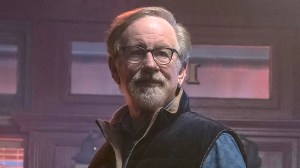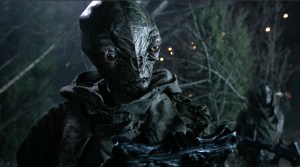Ranking the best Steven Spielberg movies isn’t easy. After all, we’re talking about a filmmaker who not only directed over 30 features across five decades, but also produced dozens of films in completely different genres. From the shark that changed commercial cinema to some of the heaviest historical dramas ever made, Spielberg has always balanced technique, emotion, and appeal like few others. His ability to connect with audiences across generations is unmatched. Brilliant at what he does and with so much quality work behind him, putting together a ranking is almost mission impossible. Still, some movies stand out, aging incredibly well and helping to shape modern cinema.
Videos by ComicBook.com
With that in mind, here are 10 of the best Steven Spielberg movies, ranked. Yes, some are obvious picks, and others might spark a bit of debate. But the truth is, they all have one thing in common: they carry the mark of a director who made history more than once. Spielberg is a true legend of cinema.
10) Minority Report
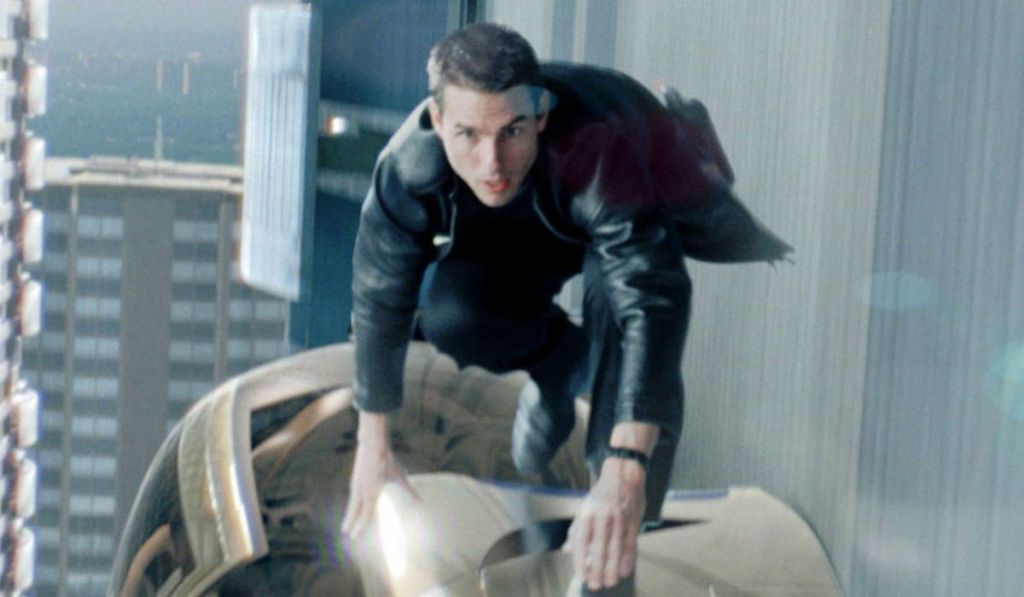
Minority Report is one of the smartest films from Spielberg’s more mature period, but while technically impressive, it doesn’t carry the same emotional or narrative weight as his best work. Based on a short story by Philip K. Dick, the movie follows John Anderton (Tom Cruise), the head of a specialized police unit that arrests people for crimes they haven’t committed yet. The concept is fascinating, and Spielberg dives deep into its ethical questions, but the end result feels more cerebral than visceral, and the tight momentum of the first act fades as the story progresses.
Visually, the film is sleek and stylish, with a sharply realized futuristic world and some strong action set pieces. Still, Minority Report doesn’t leave the same lasting impression as Spielberg’s most iconic films, largely because it lacks the emotional pull and sense of awe that define his top-tier work.
9) Indiana Jones and the Last Crusade
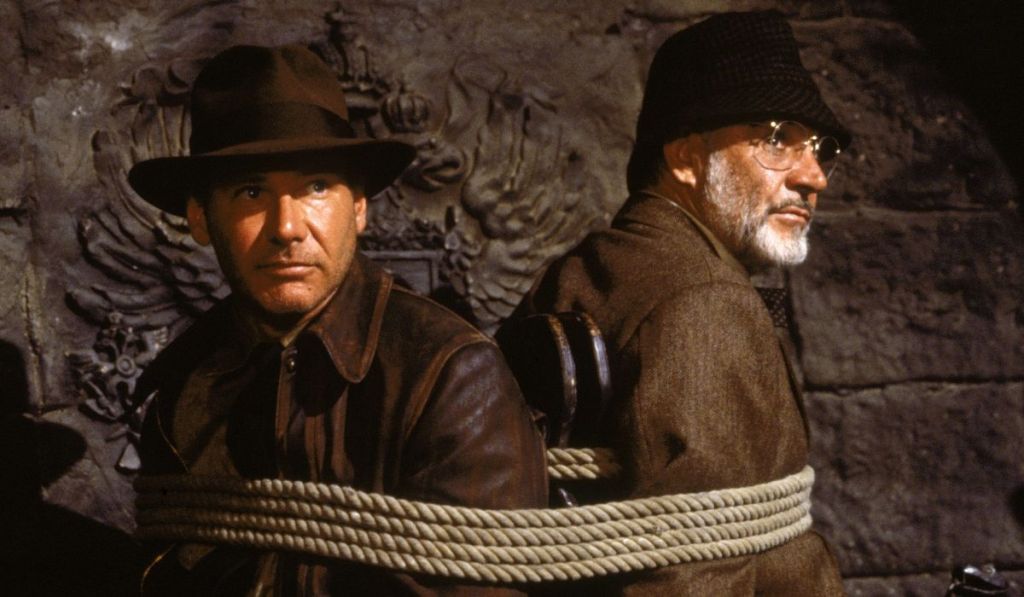
Among the movies in the original trilogy featuring the famous archaeologist, Indiana Jones and the Last Crusade is the “safest,” but it still delivers a good time and one of the most charismatic duos in the franchise. The plot follows Indiana Jones (Harrison Ford) on a quest for the Holy Grail alongside his father, Henry Jones (Sean Connery). The truth is, the dynamic between the two is what really carries the film, since the script kind of repeats the structure of Raiders of the Lost Ark with less freshness.
Even so, the production has good action scenes, lighter humor, and a satisfying ending to the character’s saga (ignoring what came after). Here, Spielberg shows complete control over the pacing and spectacle, but it stays lower in the ranking because it doesn’t bring anything new or go as deep as it could. The Last Crusade does its job well, but it’s not essential.
8) Catch Me If You Can
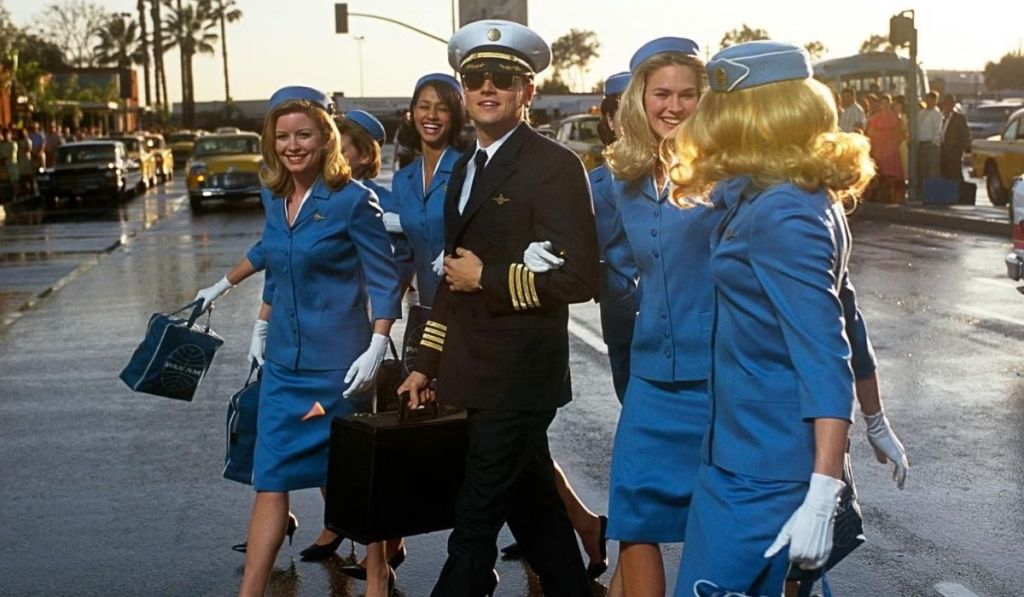
Here, the director steps out of the box; Catch Me If You Can is a light, charming film based on a true story. The plot follows Frank Abagnale Jr. (Leonardo DiCaprio), a young man who pulls off a series of frauds while being chased by FBI agent Carl Hanratty (Tom Hanks). It’s all really fun to watch, but what makes the movie work is the balance between humor and the quiet melancholy under the surface. Spielberg is at his best when he manages to bring those two things together.
This isn’t about a grand, epic Spielberg moment, but a more refined one. He gets great performances from his cast, keeps the pace moving, and creates something that may feel smaller in scale but shows total control over tone. Catch Me If You Can proves he can tell captivating stories grounded in human complexity and charm. It’s one of his most accessible (and underrated) films.
7) Close Encounters of the Third Kind

Close Encounters of the Third Kind was one of the first signs that Spielberg was aiming for more than just entertainment—he wanted to challenge and move people. The well-known story follows an ordinary man who starts having visions after a UFO encounter, sending him on an obsessive journey into the unknown. It’s a contemplative film that focuses more on the feeling of wonder than on action.
Unlike many productions in this ranking, it moves at a slower pace but stands out for its atmospheric build-up and the way Spielberg turns alien contact into almost a spiritual experience. It’s not your typical sci-fi flick, and while some visuals might feel dated now, the core themes remain powerful. With Close Encounters of the Third Kind, the filmmaker shows he can handle big ideas without leaning only on spectacle.
6) Raiders of the Lost Ark
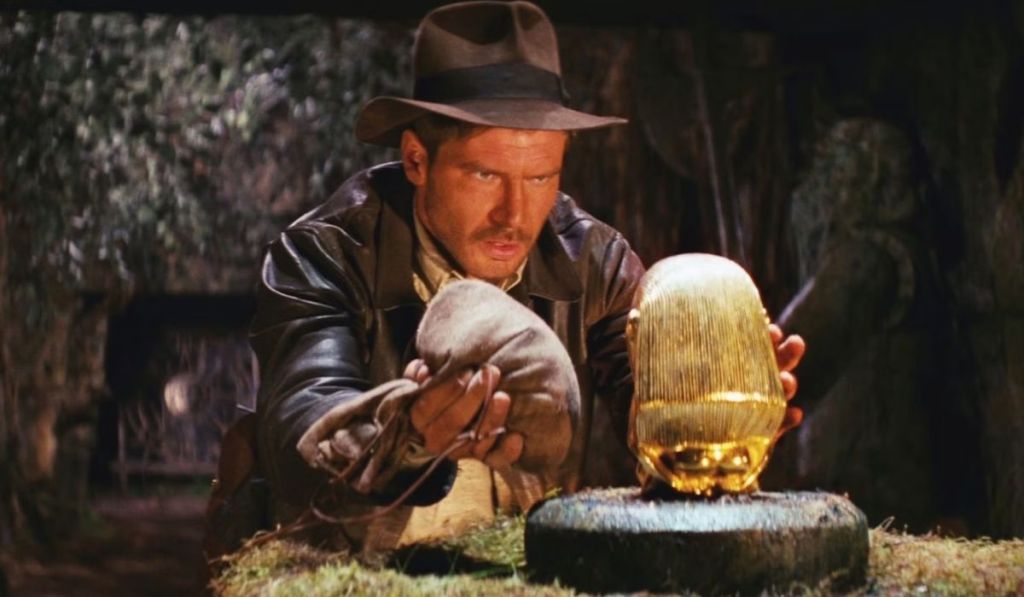
The first Indiana Jones is Spielberg raw and unfiltered. Raiders of the Lost Ark is dynamic, inventive, and totally in control of the action. The story follows the archaeologist searching for the Ark of the Covenant while facing Nazis and escaping traps. This is the kind of movie that doesn’t let the audience catch their breath—and that’s a compliment. Every scene is designed to excite, and the editing is pretty much a masterclass in pacing.
Raiders of the Lost Ark doesn’t have the emotional weight of other movies on this list, but it’s probably the best example of Spielberg as a master of entertainment – something he really knows how to do, and here there’s no doubt he seems to be having the time of his life. The film is a model of how to build a cinematic adventure, and the influence it had on the action genre is impossible to ignore. It’s top-tier fun, with a clear authorial stamp.
5) Jurassic Park

Jurassic Park has an enormous legacy. More than just a milestone in visual effects, it’s a blockbuster that manages to balance spectacle and tension with surgical precision. The plot, about a dinosaur theme park that goes wrong, is simple enough to serve as a foundation for a series of unforgettable moments. It’s clear that Spielberg uses the dinosaurs smartly as well, since they show up less than the audience expects, but when they do, the impact is huge.
What he does here is basically redefine what audiences expect from a big-budget film. The CGI and animatronics changed the game, but the credit goes beyond the technology. Spielberg knows how to build tension and a sense of wonder at the same time, and that mastery makes Jurassic Park an experience that still works 30 years later.
4) Saving Private Ryan

Raw and brutal, period. Saving Private Ryan shows a different side of Spielberg, but one that’s really interesting to watch. The opening sequence on Omaha Beach is an unforgettable visual and emotional shock—a war recreation rarely seen on film. The story follows a group of soldiers searching for a single lost fighter behind enemy lines, on a mission that mixes strategy and sacrifice. It’s a movie about the absurdity of war, but also about honor and survival.
The direction is precise, almost clinical, showing the director’s range. He’s not out to entertain, nor just to move the audience (though it ends up being quite emotional). The goal is to avoid romanticizing conflict, and that’s why it delivers one of the most powerful works in the genre. It might be a bit conventional in its dramatic structure, but the strength of the images and the emotional honesty put it among the director’s best films.
3) Jaws

Here we’re already in the territory of Spielberg classics, where he shows total control over the audience with absolute authority. The story of Jaws, about a killer shark terrorizing a coastal town, could have been just another cheap horror flick. But what the director does is turn it into a masterclass in suspense and timing, often keeping the monster off-screen to build tension. And he does it so deliberately that it feels believable and genuinely creepy, not the kind of thing that falls flat and gets criticized.
The result was a phenomenon and the birth of the modern blockbuster. Even though the production faced countless technical problems, Spielberg turned those limitations to his advantage (which shows just how brilliant he can be). The success of Jaws isn’t just thanks to the script or characters, but the way the director controls the rhythm of the entire story. It’s simple, straightforward, and so tightly paced it feels like every minute was timed to the millisecond – a rare achievement.
2) E.T. the Extra-Terrestrial
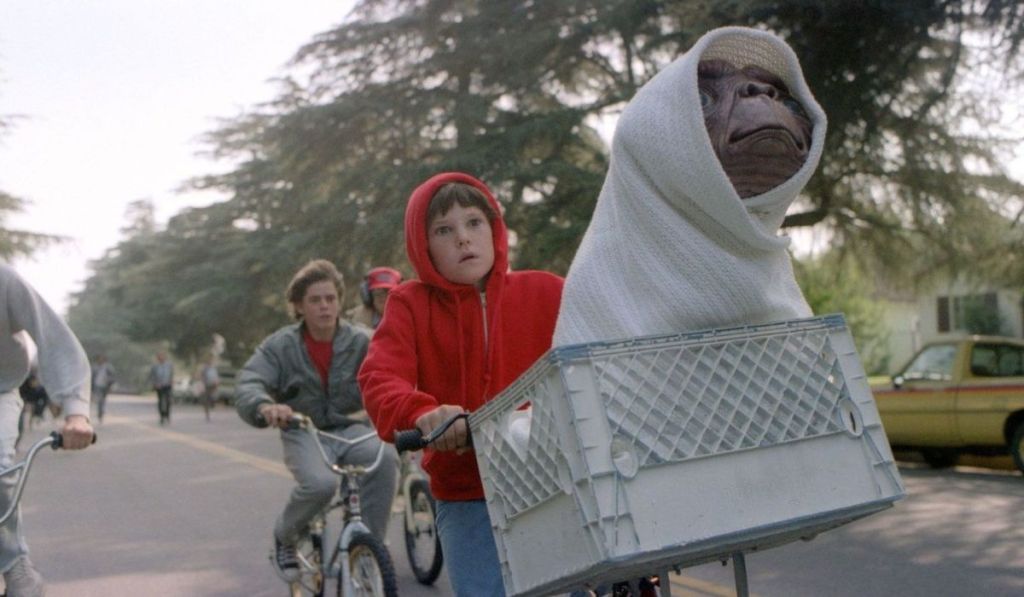
Spielberg has never been closer to his childhood than in E.T. the Extra-Terrestrial, and he still manages to pass that same nostalgic energy on to the audience (even winning over younger viewers who’ve never seen his films before). The story of a lonely boy who finds and hides a lost alien is both sci-fi and drama at the same time. The movie strikes a great balance between genuine emotions and moments of pure cinematic magic, without ever feeling manipulative or forced.
Despite all the fantastical elements, the heart of the story is emotional. The direction is subtle when it needs to be, but also explosive at the right moments. It’s pure mastery of Spielberg’s style; he clearly knows exactly what he’s doing. E.T. is Spielberg at the height of sensitivity. It’s a film about friendship, loss, and connection that still moves audiences today with simplicity and precision.
1) Schindler’s List

Talking about Schindler’s List is tough. That’s because there’s no one who’s seen it and hasn’t remembered its impact. No other work by Spielberg carries the same weight and seriousness. The story of Oskar Schindler (Liam Neeson), a German businessman who saved more than a thousand Jews during the Holocaust, is told with a rare maturity in Spielberg’s career. Here, he simply strips away any stylistic excess to deliver a sober, direct, and painfully necessary film.
The decision to shoot in black and white (with the exception of a single red coat) goes beyond aesthetics; it’s a deliberate narrative and deeply symbolic choice that brings the viewer closer to a historical reality. The movie is long and tough to watch, and for that very reason, it’s essential. It’s safe to say this is the moment Spielberg moves beyond the role of mere entertainer and establishes himself as a filmmaker capable of handling some of history’s greatest tragedies. In short, Schindler’s List is not only his best film, but his legacy.

